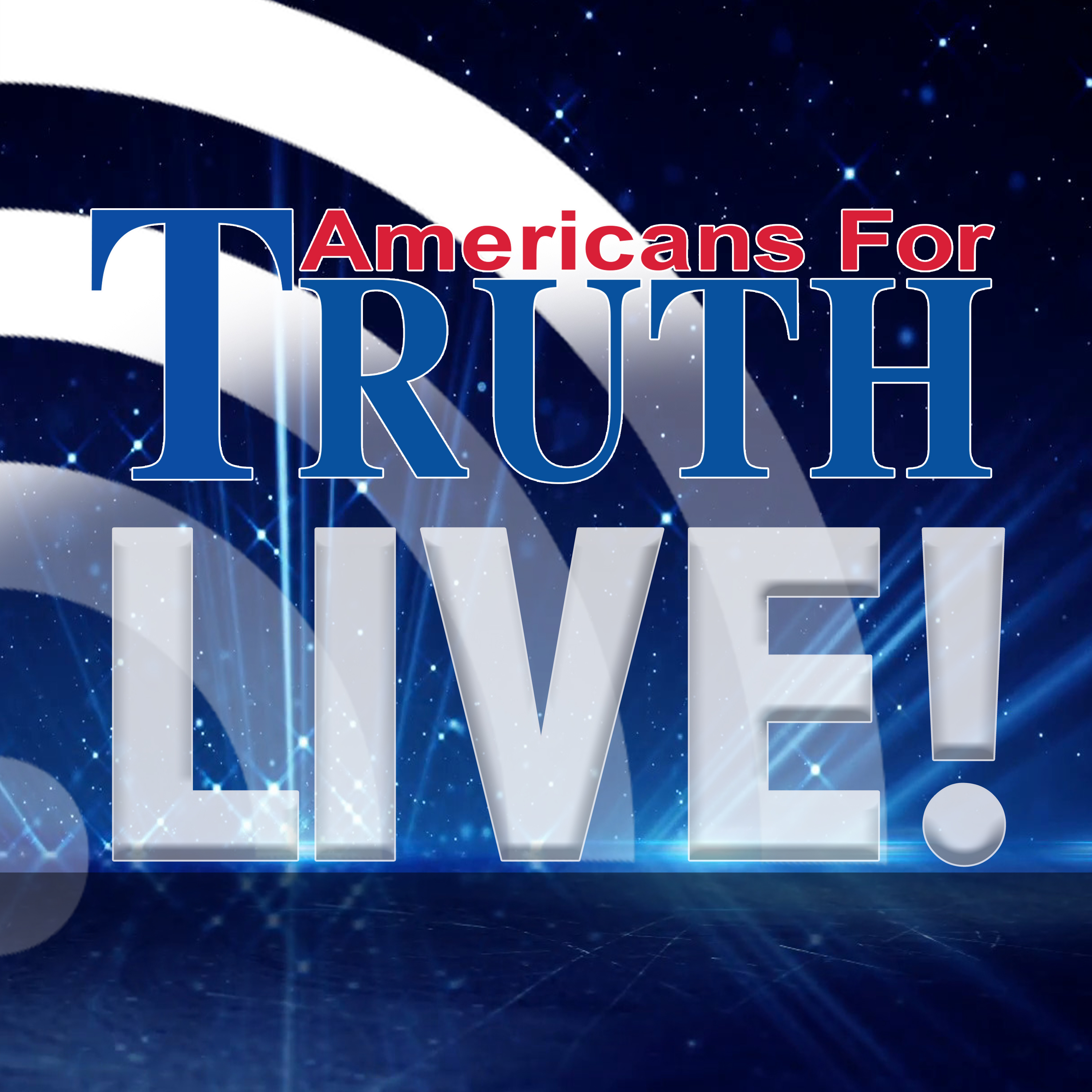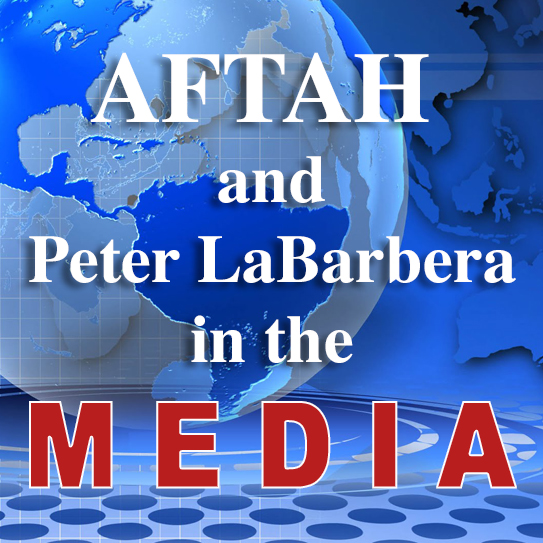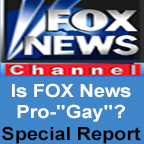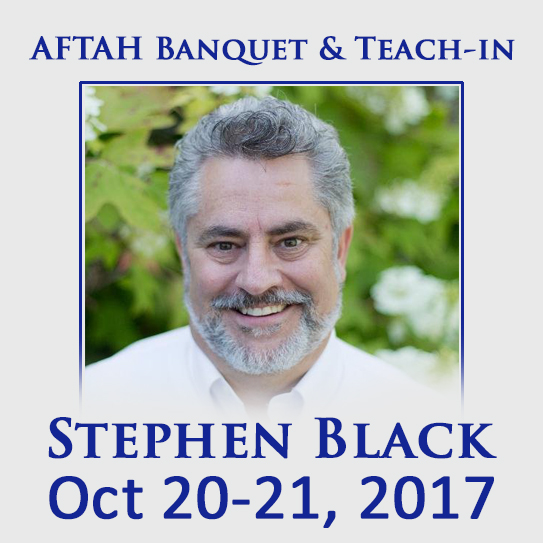
| Home | About | Issues | Resources | Join Our Email List | Savage Hate | Donate | Contact |
Erie, Illinois Elementary School Board Defies Pro-‘Gay’ Political Correctness, Rejects GLSEN Curriculum
By Laurie Higgins, Illinois Family Institute, June 11, 2012
Take ACTION: Click HERE to offer words of encouragement and support to the School Board President Charles Brown and Superintendent Bradley Cox, who you can bet your bottom dollar will be on the receiving end of vicious attacks from the advocates of “tolerance.”
NOTE: Click HERE to read Higgins previous article, “GLSEN’s Outrageous Elementary School Toolkit”
____________________________
There’s a remarkable news story coming out of Erie, Illinois. A wise and courageous school board has voted to remove a homosexuality-affirming picture book titled The Family Book from its elementary school library. Further, it has voted to remove all materials created by the Gay, Lesbian and Straight Education Network (GLSEN), a partisan advocacy group committed to using public schools, including elementary schools, to advance their moral, political, and ontological beliefs.
The Family Book was written by homosexual author Todd Parr and recommended by GLSEN. The “Alternatives to Marriage Project” highly recommends The Family Book for managing “both to naturalize and celebrate family diversity” and describes it as a favorite “among the toddler set.” “Naturalize” seems an ironic choice of words to describe a book that includes types of “parental” relationships that are unnatural and, by design, sterile. The “Alternatives to Marriage Project” is a group committed to “equality and fairness” for “same sex couples and those in relationships of more than two people.”
Treating homosexuality and heterosexuality as equivalent is not a neutral position
Educators, parents, and other taxpayers need to understand that treating homosexuality as equivalent to heterosexuality does not reflect a neutral ideological position. Treating homosexuality as equivalent to heterosexuality is a leftist position. Believing that homosexuality and heterosexuality are morally and ontologically equivalent is a controversial, unproven belief that public schools — particularly elementary schools — have no ethical right or obligation to promulgate.
Leftists try to make the case that including books that treat homosexuality positively reflects ideological neutrality and balance since there are already so many books that depict heterosexuality positively. But that argument is based on prior acceptance of yet another Leftist assumption, which is that homosexuality is simply the flip side of the sexuality coin. It’s not. Homosexuality is a disordering of the sexual impulse.
Humans were quite obviously created anatomically and biologically as heterosexual beings. Using any objective criteria, all humans are heterosexual. There exists no argument about the morality of heterosexual acts per se, so the numbers of books in a library that depict heterosexuality positively is irrelevant to any discussion of the appropriateness of including a book that depicts homosexuality positively. Publicly funded schools have no right to make available to young children ideas and images that many believe are profoundly immoral.
What neutrality or true diversity of opinions would look like in public schools
A neutral position would take one of two forms: Neutrality on topics involving homosexuality can be demonstrated by simply not addressing it at all; or neutrality can be demonstrated by including picture books that affirm homosexuality and picture books that portray homosexuality as immoral and destructive. Of course neither side is going to like the second option.
Further, the opposite of a homosexuality-affirming book is not a heterosexuality-affirming book. The opposite of a homosexuality-affirming story would be a story that is critical of homosexuality. A picture book that dissents from the view that homosexual-led familes are equivalent to heterosexual families is not a book that depicts heterosexual-led families positively. A picture book that offers a dissenting view from one that positively depicts homosexual-led family structures would be one that negatively depicts homosexual-led family structures.
Who really censors?
The use of the terms “book banning” and “censorship” represents yet another “tool” in the bulging toolbox of manipulative and hypocritical strategies used by those who have lost their moral compasses and seek to pervert the moral compasses of other people’s children in public schools. Teachers make choices all the time about what books should be purchased with limited resources. And particularly in elementary schools, the criteria used to determine book choices include considerations of age-appropriateness. Although leftwing extremists may think picture books that affirm homosexual family structures are appropriate, they, leftist ideologues, are not the ultimate arbiters of appropriateness.
Charges of censorship are leveled at only conservatives. When, for example, high school teachers refuse to have their students study any resources on the topic of homosexuality written by conservative scholars while at the same time having them read novels, plays, or articles that espouse liberal ideas, we rarely if ever hear them called censors.
I’m speculating here, but I doubt whether any school district that chose not to purchase a picture book that positively depicted polyamorous families or families in which the parents were siblings would be accused of book banning or censorship.
I can already hear the cacophonous howls of indignation from “progressive” ideologues. How dare I compare morally neutral homosexual relationships to immoral polyamorous and incestuous relationships. But that’s the crux of the debate that homosexuals think is settled: Many still believe that homosexual acts are profoundly immoral. And if homosexual acts are, indeed, objectively immoral, then family structures that center on homosexual couples are inherently morally flawed.
Are picture books that address homosexuality centrally about love?
The problem with picture books on the subject of homosexuality is that they ignore — as they must — the central issue: the morality of homosexual acts. That’s what makes this debate about picture books so dishonest and so dishonorable: In picture books for young children, leftists can’t address the fundamental and abstract question of sexual morality, and, therefore, they get away with saying with feigned wide-eyed innocence, “But this book is just about love.” No, it’s not, and they know it.
Homosexuality, unlike heterosexuality, is constituted by only subjective feelings and volitional acts, which are legitimate objects of moral assessment. The morality of homosexual acts is central to any presentation of homosexuality, and it is the morality of homosexual acts that is intellectually, pedagogically, and developmentally inappropriate in elementary schools.
The Family Book vividly captures the emotive dimensions of families in colorful, whimsical, and appealing illustrations, which makes it all the more troubling. Books like Parr’s lure little ones into an ideological snare before they’re old enough to realize it. It doesn’t matter that Parr in his moral ignorance thinks he’s doing a good thing. His good intentions, shaped as they are by moral delusion, do not mitigate the offense of presenting perversion as positive. Adding sugar to poison doesn’t make it less toxic; it makes it more likely to be consumed.
Should minor positive references to homosexuality get a pass?
And the fact that in his book, the positive images of homosexual families are few, doesn’t justify the inclusion of this book in a public elementary school library. Should libraries include picture books with just one or two positive references to polyamorous families? As I have written earlier, cultural change rarely happens through dramatic, single events, but rather through the slow, accretion of little events that we ignore or dismiss as minor. All that pro-homosexual dogmatists have to do to get their resources into public schools is make sure their references to homosexuality are few and indirect. Once in, they gradually increase the number and directness of homosexuality-affirming messages.
Must bullying prevention efforts include affirming homosexuality?
Of course, homosexual activists are dragging in the bullying issue again as a means to intimidate the Erie administration and school board. They’re making the case that choosing not to include resources that affirm homosexuality will contribute to bullying of students who identify as homosexual or whose caretakers are homosexual.
Should we apply that principle consistently? Will the absence of resources that affirm polyamory contribute to bullying of students who identify as polyamorous or whose caretakers so identify? Will the absence of resources that affirm promiscuity contribute to the bullying of promiscuous students? Will the absence of resources that affirm laziness contribute to the bullying of “slackers”? (Just to be clear to homosexual activists who seem to struggle mightily with analogies: I’m not comparing promiscuity and laziness to homosexuality–homosexual acts are far more serious moral offenses. I’m extrapolating the argument that absence of affirmative resources contributes to bullying to conditions other than homosexuality.) No elementary school librarian, teacher, administrator, or school board member would entertain the fanciful notion of including polyamory-affirming resources in school libraries or curricula as a means to combat the bullying of students being raised by polyamorists.
The homosexual website Chicago Pride reports that a lesbian teacher from Minnesota says that choosing not to include homosexuality-affirming resources in elementary school libraries sends “a strong message that gay and trans issue [sic] are inappropriate to discuss in a classroom setting.” In other words, she believes that it’s important to discuss homosexuality and “transgenderism” in elementary school classrooms. Wow. We now have educators that believe that it’s important in elementary schools to discuss issues related to the sexual predilections and acts of 1.7 percent of the population.
Is it the responsibility of elementary schools to affirm every family structure or sexual phenomenon?
It’s important is to understand that the mere fact that a particular family structure (or sexual phenomenon) exists does not mean public schools are compelled to teach about or affirm it. It’s tragic that selfish adults deliberately create motherless or fatherless family structures, but schools have neither the obligation nor the right to affirm those immoral structures even in order to make children feel better.
Some questions for this homosexual activist teacher:
- Why should her pedagogical view that controversial topics like homosexuality and gender confusion should be discussed in elementary school classrooms be imposed on every school district?
- What is her defense for the belief that these topics, for which moral considerations are central, are intellectually and developmentally age-appropriate?
- Since she believes that these topics should be discussed in elementary schools, is she willing to have children exposed equally to resources that affirm homosexuality and those that disapprove of it? GLSEN is quoted as saying that they are “’reaching out’” to the Erie Community Unit School District to “’understand their decision to reject the unanimous decision of a community-based committee in favor of the adoption’” of GLSEN’s Ready, Set, Respect! curricula about which IFI has written.
Questions about curricula selection committees
I wonder who served on this community-based committee. How many people served on it? How were they selected? Did those who formed the committee ensure that all ideological views on homosexuality and its presence in elementary school curricula were represented? How many character development curricula were reviewed? What criteria were used in the selection process? Who established the criteria? Did all members of the committee read all the curricular resources? Did they investigate the biases and controversial history of GLSEN, including that of its founder, Kevin Jennings?
These are some of the questions that should be asked in order to hold accountable those who made the boneheaded decision to use GLSEN resources.
This news story shouldn’t be remarkable, but because we see so few public school administrations and teachers with the wisdom and spine to oppose the efforts of homosexual activists to impose their beliefs on public schools — or infuse curricula with their beliefs — the courage of the Erie Community Unit School District stands out.











